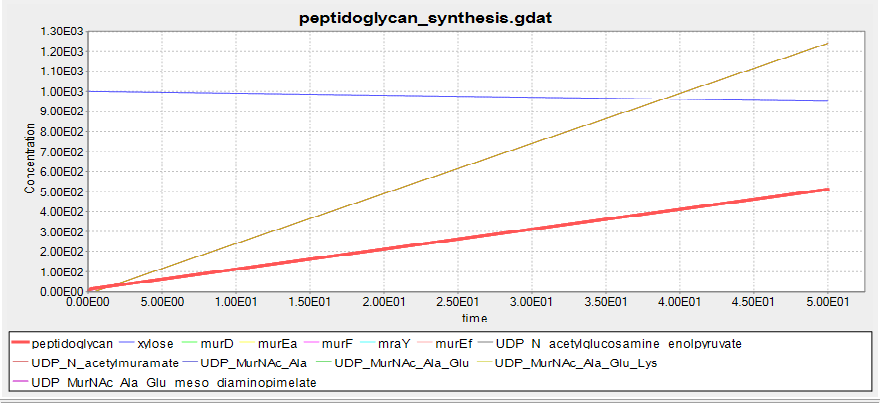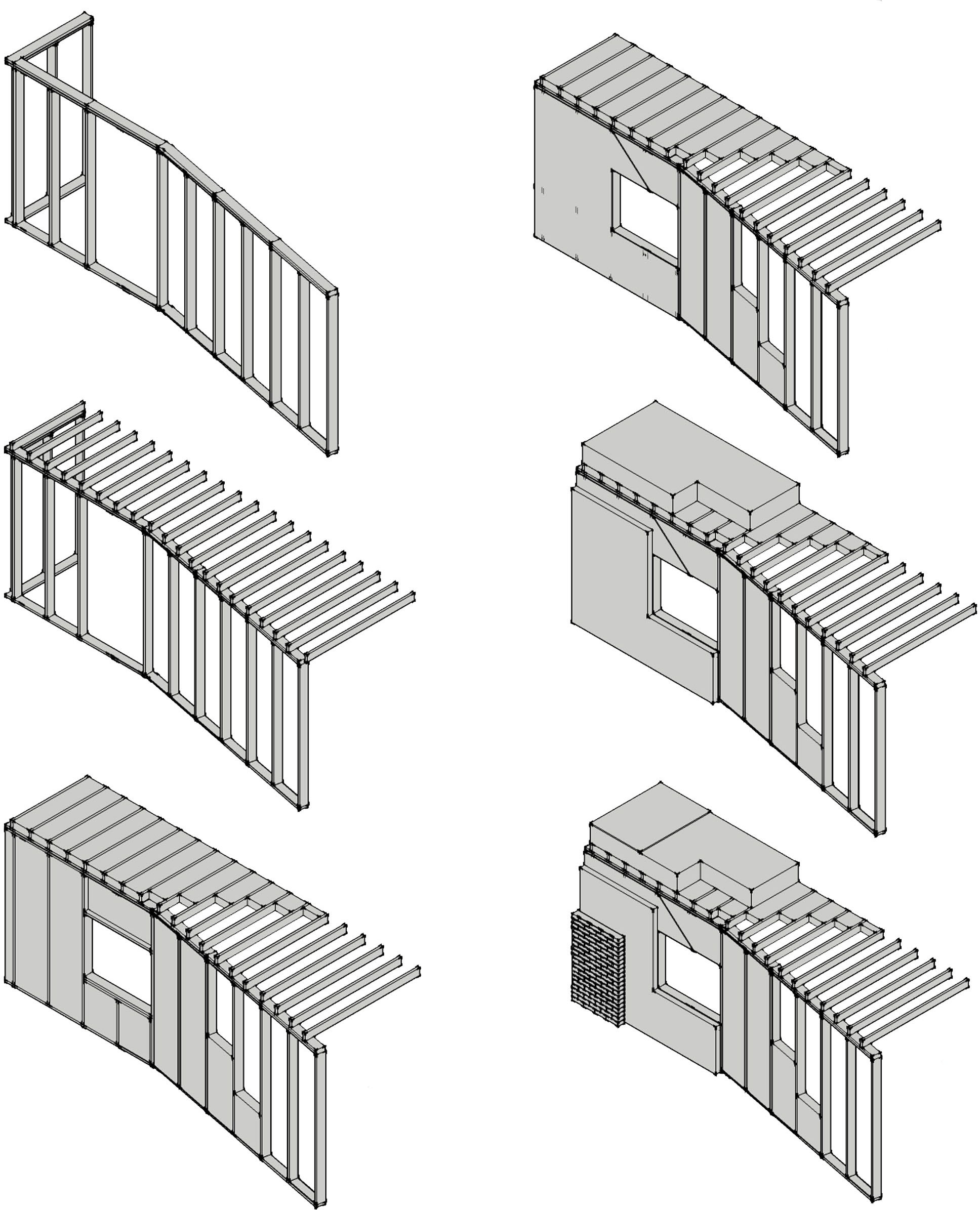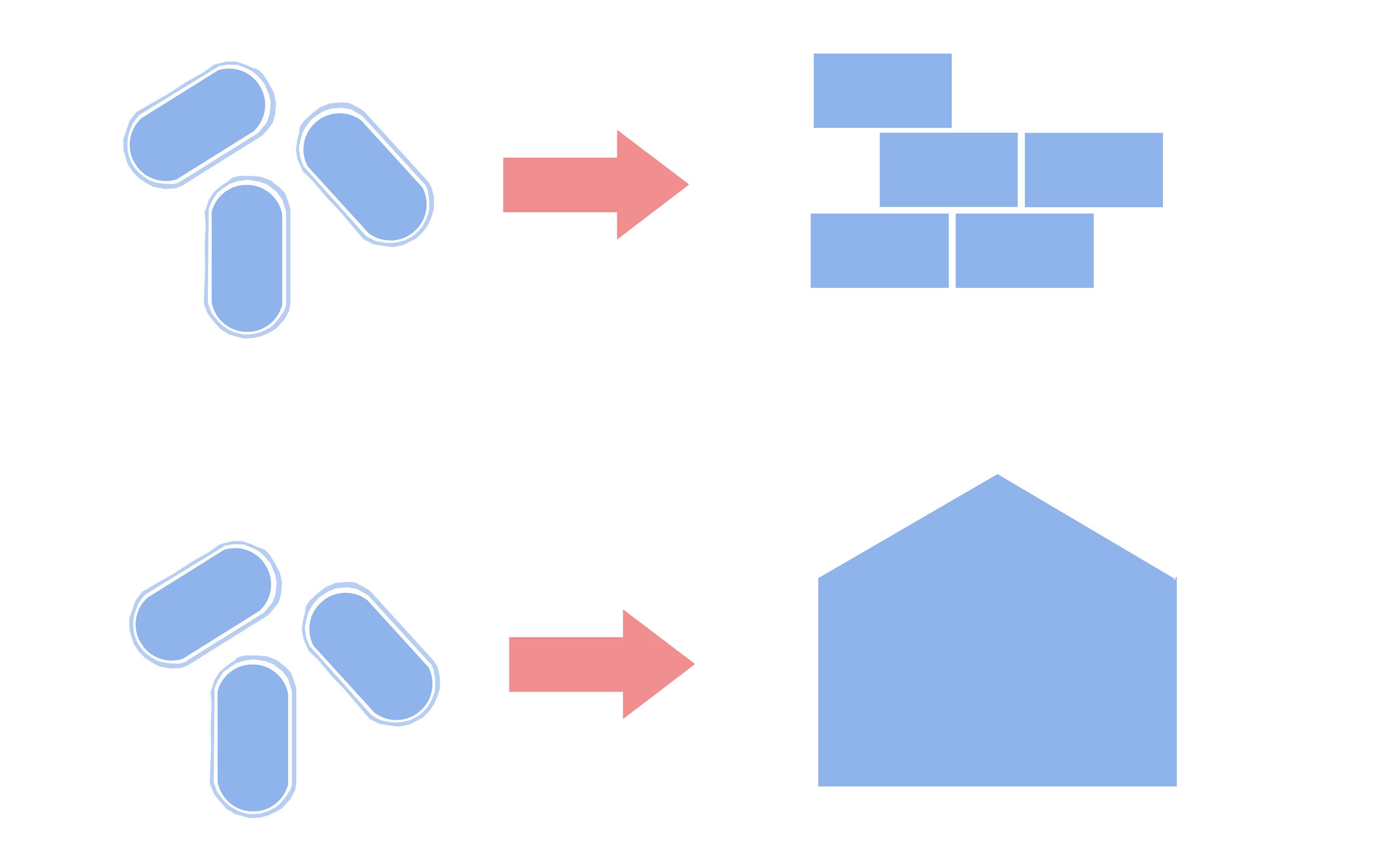Team:Newcastle/Architecture
From 2013.igem.org

Contents |
Architecture and Synthetic Biology
Introduction
Besides working on our project BareCillus, over the course of the summer we also explored potential synthetic biology applications in the field of architecture.
The potential relationship between synthetic biology and architecture is attracting interest from many people, such as designer Daisy Ginsberg, innovator Rachel Armstrong and architect Christian Kerrigan. The following article is a discussion on this relationship based on the knowledge and experience that we gained over the course of this project. To begin with, we briefly talk about similarities and differences between the two fields that have become apparent to us over the summer, particularly after the architecture workshop. We speculate about what kind of specifications the potential application area must have in order for it to be valid and discuss to what extent we believe synthetic biology will be applied to architecture. We also reflect on the advantages and disadvantages that may arise from this relationship.
Similarities and Differences
Over the course of this project, certain similarities between Architecture and Synthetic Biology have become prominent, especially in the design cycle.
One of the key aspects of synthetic biology is that it applies techniques used in engineering to biology in order to design and develop a product.
This makes the design cycle in this field very similar to the design process in architecture. In both fields, we begin a project by identifying the required specifications in order for the final product to meet its purpose. Then comes the design stage, where ideas and suggestions are investigated in order to help us discover the best solution possible.
Next stage is modelling, where we use powerful computers to simulate as accurately as we can the behavior of the part, device or system that we are working on. It is present in both the architecture and synthetic biology design cycle. However, we use different types of modelling in the two fields, and for different purposes.
There are several types of modelling in synthetic biology. To begin with, biophysical model models the behavior of the compounds in the system, such as membranes. Biochemical, stochastic and deterministic modelling are used to determine chemical pathways in the cell to help us identify different ways we can influence the system. Population modelling helps describe a certain behavior of a cell population, such as growth.
This shows the predicted biosynthesis of peptidoglycan in the presence of xylose.
In synthetic biology, we model to help us establish control parameters in order predict how our design will work. However, because cells are extremely complex, modelling is a difficult and time consuming activity. At the moment, we don’t yet have enough information to make accurate models and it is not guaranteed that the final product will behave as the model shows.
In Architecture there are also several types of modelling. To begin, with there are development models, which are 3D and often quick, small and very conceptual. These are used during the design stage and is probably the most common technique that students studying architecture use to develop their ideas. This phase in the design cycle is probably the most important as this is when the visual and conceptual characteristics of the design are more or less determined. Another type is computer aided design modelling which comes in the next stage of the design cycle, testing and validation.
Step by step structure model diagram.
We use this to accurately test our design on a practical level; to see if it works and what needs rethinking. An improved computer aided design model is very often used by architects in order to visually convey their project to others. This model is often very detailed and visually pleasing as its main purpose it to sell the design to the client. After this stage, if the client is satisfied with the design, the last stage occurs, implementation.
However, unlike in architecture, in the design cycle of synthetic biology the implementation phase (inserting out designed DNA in to a host cell), happens before the testing and validation stage as we cannot otherwise accurately predict how a host cell will respond to the DNA insertion and if the design has been properly realized. If the result is not what it should be, the design cycle is applied again (specifications, design, modelling, implementation, testing and validation) until the desired result is accomplished.
Another similarity between the two fields is structure, both buildings and cells rely on the structure to support and protection against the outside world. Structure is essential. Without the right structure a building might collapse and like our Bare Cillus project shows, once we remove the cell wall to create l-forms the bacteria becomes very fragile and will burst if not in an osmotically stable solution.
Applications
“Vitruvius suggested in his texts On Architecture that architecture is an imitation of nature, but what happens when architecture becomes nature and we begin, through the design of biological systems, to become architects of nature?” (Dade-Robertson M et al. 2013)
At the moment there is a big division between the built and natural environment due to lack of technological bridge as the current architectural practices are based on Victorian technologies. We believe this problem can be solved using synthetic biology, especially if we implement synthetic biology as a material practice, with the cell being the factory where the enzymes represent the machine that process and assemble the raw materials into a usable product.
However, to what extent can synthetic biology be applied to architecture? Could we program a single cell to grow a building?
At the moment, one of the major problems that is stopping us from producing materials using biotechnology is due to the yield rate of a cell not being efficient enough to be price competitive. However, as our project shows, a higher yield rate can now be achieved using l-forms, which at the very least is a sign that things are quickly improving and that this may become a reality in the very near future.
We could use cells to create a specific material in a lab which could then be manufacture in a conventional factory to a new, better product to use in architecture; for example, stronger, environmentally friendly concrete.
It could even be possible to engineer cells to grow and self-assemble in to, for example, a brick. We could then use the ready-made part directly from the lab, and may even wish to keep the cells integrated with the product so that it becomes living, with the ability to respond to the environment and heal itself.
Is this really possible? It is important to remember that a single cell creates all of us, therefore, in time it may even be possible to grow a whole building out of a one cell.
However, the application area must have certain characteristics in order for it to justify the use of biotechnology.
In order for biotechnology to be produced for a certain application area, it should justify the effort, time and cost input needed to produce the synthetic material. It is important that the environment of our desired application area can be reproduced in the lab. Otherwise if the two environments are not identical, the biotechnology might not work as expected, or work at all. Probably the most important specification is that the synthetic product should be particular to an atmosphere. It should be unique from other environments in order to avoid contamination outside the planned sphere of influence. Furthermore, the application area must have use for a large volume in order to justify the cost of the development. It is also advisable that the application area is similar in environment to other potential application areas in order for the biotechnology to be reusable and easily adapted to other purposes. This would save time and money.
No matter how synthetic biology will be applied to architecture, we can be certain that it will offer novel, maybe unexpected ways of constructing architecture that will succeed and replace conventional technologies.
Advantages and Disadvantages
The biggest current challenge is the need for validation. The most obvious reason is the danger of contamination. Although the dangers of accidental release can be minimized through the use of a fail-safe or kill switch, we still cannot predict exactly how a cell will behave. Therefore, this is still the biggest hurdle to overcome.
Second is transportation, most likely there will be need of a distribution network that can transport the synthetic product from one factory to another. Also, more space might be needed to store the synthetic products as the risks of contamination are greater. Lastly, the cell factory will need fuel to survive and manufacture the synthetic product. Where will this energy come from?
However, the advantages of using synthetic biology will ensure that there will always be work done towards resolving these issues. Better product quality and performance of product could be achieved as using biotechnology will give us more control over the process. Cheaper prices may also be an advantage as we may find cheaper and more efficient alternatives to produce materials. Furthermore, environmentally friendly solutions might be possible as, for example, we may use waste to fuel the material production or could choose to replace the current materials with a new ‘greener’ alternative that have only become available through the use of biotechnology. This would also lead to a larger range of manufacturing techniques which may lead to more competitive prices and also more freedom for designers over material choice.
References
Dade-Robertson M, Zhang M, Figueroa C, Hernan L, Beattie J, Lyon A, Ryden M, Welford M.Proto-materials: Material Practices in Architecture at Molecular and Cellular Scales. In: Michael Stacey, ed. Prototyping Architecture. London: Building Centre Trust, 2013, pp.211-223
Freemont, P. S.,Kitney, R. I, Baldwin, G.,Bayer, T.,Dickinson, R.,Ellis, T.,Polizzi, K. and Stan, G. (2012) Synthetic Biology - A Primer, Imperial College Press
Hanczyc MM, Ikegami T. Protocells as smart agents for architectural design. Technoetic Arts: A Journal of Speculative Research 2009;7:117–20.
Ramirez-Figueroa C, Dade-Robertson, M, Zhang, M. Synthetic Biology as a material design practice. In: Praxis and Poetics: Research through Design Conference. September 2013, Newcastle
Spiller N, Armstrong R. Its a Brand New Morning. Architectural Design 2011:14–25.
 "
"




